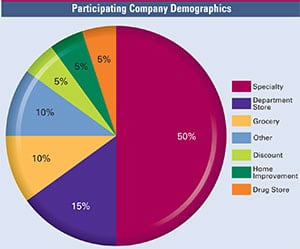Return fraud isn’t a buzzword. It’s a real and growing problem that drains billions from retailers every year. While customer-friendly return policies help boost sales, they also leave the door wide open for abuse. And the numbers? They’re nothing short of staggering.
What Is Return Fraud?
Return fraud is the act of abusing a retailer’s return policy for financial gain. It comes in many forms—some more brazen than others. Think:
- Returning stolen merchandise for a refund
- Wardrobing, where items are used and then returned
- Using fake receipts
- Buying online and returning in-store with a different product
Each type of fraud chips away at a retailer’s profit margin and costs them not just money, but time, resources, and even customer trust.
How Big Is the Problem?
According to the National Retail Federation (NRF), return fraud cost U.S. retailers an estimated $101 billion in 2023. That’s not a typo. And about 13.7% of all returns are estimated to be fraudulent. For context, if a store makes $1 million in sales, it could lose over $137,000 just from fraudulent returns.
Small businesses and large chains alike feel the sting. The losses go beyond the refund itself—think shipping, restocking, and reselling losses, plus the time employees spend processing shady returns.
Why It Keeps Happening
One of the main culprits? Overly generous return policies. Retailers want to compete for customer loyalty, so they offer “no-questions-asked” returns, extended timeframes, and multiple return options. But in trying to please the 95% of honest customers, they unintentionally cater to the 5% looking to game the system.
Combine that with inadequate fraud detection, lack of data sharing across platforms, and poor staff training, and you’ve got the perfect storm.
The Cost to Retailers
The financial hit is obvious, but there are hidden costs too:
- Inventory distortion – returned items may not be resaleable
- Increased prices – costs are often passed to consumers
- Operational drag – teams must dedicate resources to manage abuse
Return fraud isn’t just a loss on paper—it affects the entire supply chain, from warehouse staff to store associates to finance teams.
What Retailers Can Do
Retailers aren’t helpless, though. Here’s what helps:
- Tighten return policies: Shorter windows and more checks
- Use AI and data analytics: Spot suspicious patterns early
- Blacklisting serial returners: Track behavior across accounts
- Require proof of purchase and ID for returns
- Employee training: Educated staff spot fraud faster
Technology plays a big role too. Many are turning to receipt verification systems, real-time data matching, and fraud scoring tools that flag high-risk returns before refunds are processed.
The Bottom Line
Retailers are losing millions of dollars on return fraud each year. It’s not just a line item on a budget—it’s a real threat to profitability. The good news? With the right mix of tech, policy, and awareness, it’s possible to reduce the impact.
Return fraud may never go away completely, but ignoring it is no longer an option. The stakes are too high—and the losses too steep.



